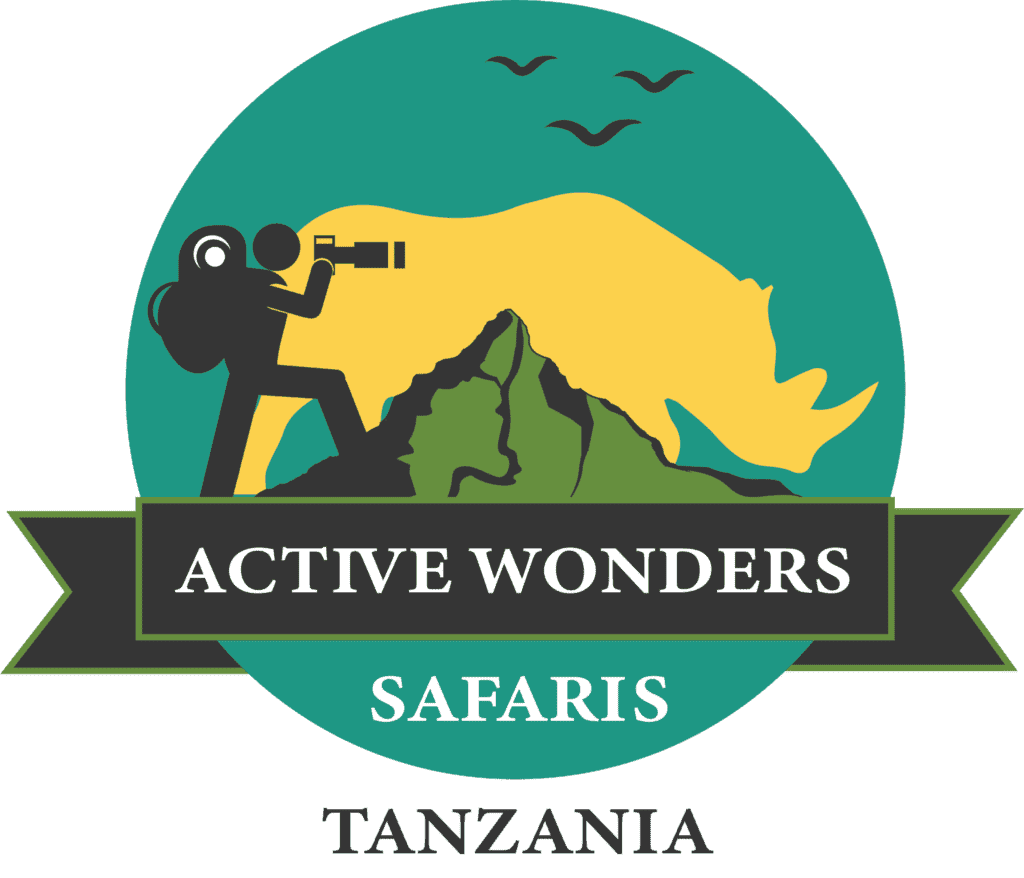Katavi National Park
Description of Katavi national park
Katavi National park is the third largest park in Tanzania. It is also by far one of the least visited in the country, making it a truly untouched wildlife paradise. It is located in the west of Tanzania and is quite hard to access by road, so the easiest way in and out is by charter flights.
Katavi with its vast floodplains, the palm-fringed Lake Chala and the Katuma River. The park is noted for its miombo woodland. An estimated 4,000 elephants might converge on the area, together with several herds of 1,000-plus buffalo while an abundance of giraffe, zebra, impala and reedbuck provide easy pickings for the numerous lion prides and spotted hyena clans whose territories converge on the floodplains. Katavi’s most singular wildlife spectacle is provided by its hippos. Towards the end of the dry season, up to 200 individuals might flop together in any riverine pool of sufficient depth. And as more hippos gather in one place, so does male rivalry heat up – bloody territorial fights are an everyday occurrence.
The park is primarily fed by the Katuma River which in the rainy season – April and May – transforms the park into a wetland. Lake Chada and Lake Katavi are both seasonal lakes which are situated within the park boundaries. In terms of vegetation the park hosts a varied mix of bush land, Miombo forests, riverine forests as well as grasslands
Highlights
The Katuma River is one of the only sources of water in the dry season and is the lifeline for creatures both large and small when they congregate along the river to drink and bath. Then, when the last lakes and swamps are drying, up to a thousand hippos at times would huddle together for that last bit of water. Large crocodiles can be seen basking in the sun or in the remaining mud pools.
The Katisunga plains in the heart of the park attracts large numbers of wildlife and it is one of the few parks where visitors can catch a glimpse of both the roan and sable antelope in the same place. Other animals grazing here are zebra, hartebeest, eland, giraffe and defassa waterbuck. Katavi is also one of the last parks that boasts massive herds of buffalo; some herds easily reaching a thousand animals or more.
History of Katavi National Park
Katavi NP, in the Rukwa Rift, was extended to its existing size of 4470km2 in 1998 making it the third largest park in Tanzania. Katavi’s landscape is dominated by 3 large floodplains strung together by the Katuma River which boasts one of the largest population of Hippo and Croc and provides a habitat for an abundance of water fowl. The savanna plains fill with huge herds during the day time and the equally impressive selection of predators wait patiently for their return to the woodland towards the end of the day.
Mammals and Birds of Katavi National Park
Katavi has similar wildlife to Ruaha, with an enviable selection of antelope including Topi, Roan and Sable often found in large herds. Predators include some of the most luxuriously maned lions to be found, leopard, and hunting dog. As the river dries up the hippo fight for space in the limited pools and the croc caves become visible along the bank, a fascinating sight. The greater Katavi area has 373 recorded species of bird. The green season months will have additional migratory species.
Landscapes of Katavi National Park
Katavi is ancient Africa as one might imagine from days gone by; mountain ranges provide a backdrop to the low-lying seasonal lakes (Katisunga, Chada and Katavi), each one encircled by the evocative palms and scrub. The lakes, in reality open plains in the dry season and boggy marsh in the wet, are connected by the Katuma River , which support a refreshing belt of green, winding through the landscapes, and providing contrast to the drier areas around.
